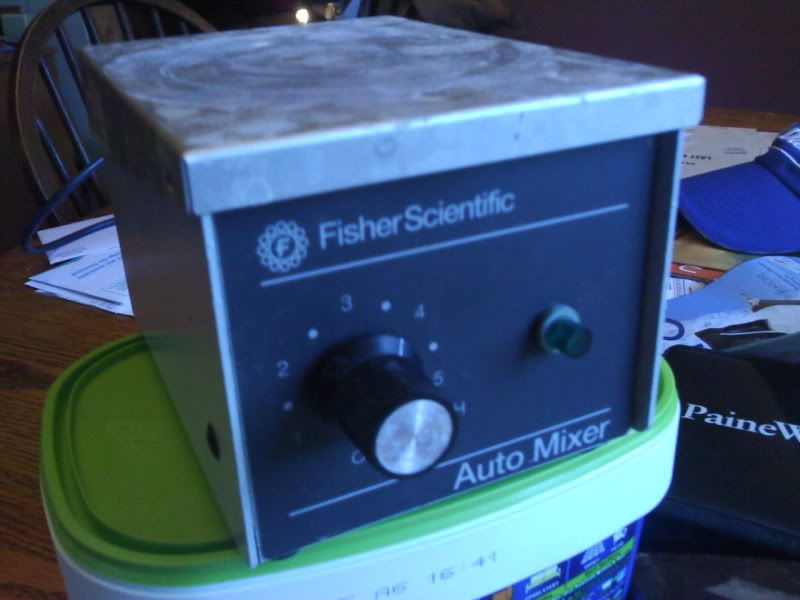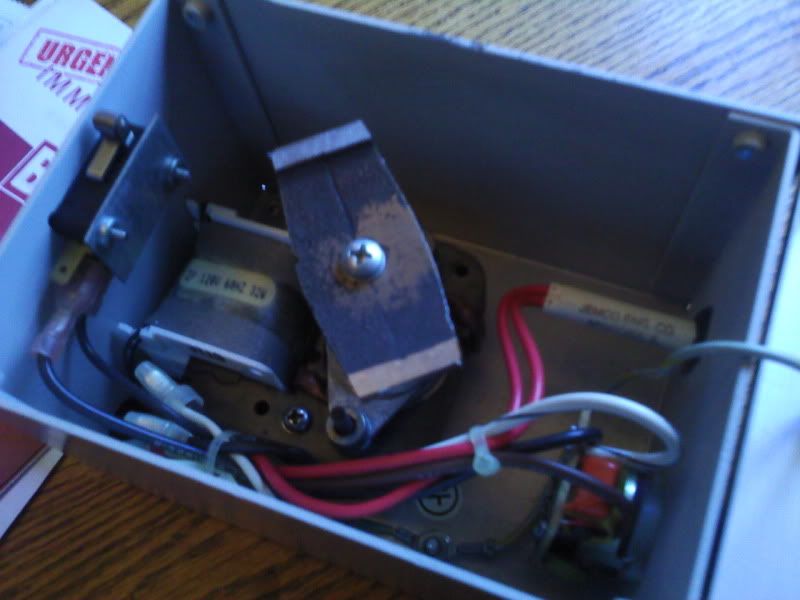onipar
Well-Known Member
Hey all,
I'm looking for a bit of info. I did my first yeast starter today. Pitched it around 70 degrees, put it on my stir plate and left it alone. A few hours later I took a look and there were a whole lot of nice little bubbles rising up, and I was pretty happy to see it was all fermenting.
I touched the flask to reposition it and was shocked to see that it felt warm to my touch!
I took the temp and it was 90 degrees!
I felt the top of the stir plate, and I think the motor must be getting warm, because the metal top was warm too.
So...I guess a few questions:
Is this normal for stir plates to warm up that much? I got it used, but it's a really good quality lab "auto mixer."
Is there an easy way to maybe shield the metal top from the glass bottom of the flask?
90 degrees I'm assuming is way too hot for a starter, correct? Should I be shooting for more like 80?
Pretty much any advice, tips, anything to help out, I'd appreciate it. For now, I ran some cold water over the outside of the flask and left it off the stir plate till I figure this out.

I'm looking for a bit of info. I did my first yeast starter today. Pitched it around 70 degrees, put it on my stir plate and left it alone. A few hours later I took a look and there were a whole lot of nice little bubbles rising up, and I was pretty happy to see it was all fermenting.
I touched the flask to reposition it and was shocked to see that it felt warm to my touch!
I took the temp and it was 90 degrees!
I felt the top of the stir plate, and I think the motor must be getting warm, because the metal top was warm too.
So...I guess a few questions:
Is this normal for stir plates to warm up that much? I got it used, but it's a really good quality lab "auto mixer."
Is there an easy way to maybe shield the metal top from the glass bottom of the flask?
90 degrees I'm assuming is way too hot for a starter, correct? Should I be shooting for more like 80?
Pretty much any advice, tips, anything to help out, I'd appreciate it. For now, I ran some cold water over the outside of the flask and left it off the stir plate till I figure this out.








